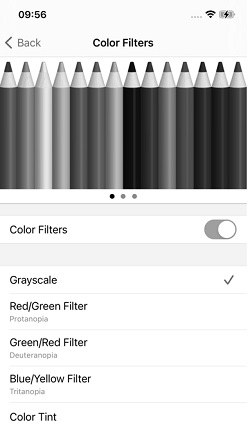

My gray Green Passes have become a daily inconvenience.
Now, the first thing I look at in the morning and the last thing I look at at night is black and white. I’m also becoming more aware of how much I view my life through my smartphone. As a challenge, I tried playing a color–matching puzzle game, comparing the different grays to one another. This change has made me realize how much digital design is dependent on color rather than accentuated by it so many of the games I play are much more difficult without the speed of color recognition to assist me. Far less often do I find myself picking it up idly, and when I do I’m able to consciously tell whether I’m actually seeking something specific, like a particular game, or an addictive hit that I won’t find. With my phone in grayscale mode, I find myself turning to it only when I actually want to use it for a specific purpose-to look something up, read a message or email, or check the time. While I can’t personally speak to the science behind the matter, I can describe my experience, which suggests that the allure of digital color is real. Removing the colors supposedly removes some of the neurological appeal. In this way, we're all large toddlers with much techier versions of a LiteBrite. While the content and user experience of these apps do most of the neurological work to attract us, a significant part of the appeal is the constantly changing candy colors of our phone screens. This trick is based on the fact that most smartphone features and apps are designed to trigger dopamine receptors in the brain, creating enjoyment that motivates us to continue using our devices. I discovered the idea in blog pieces (much like the one I'm writing now) touting the efficacy of the grayscale setting on lowering screen time. As much as this sounds like a hipster aesthetic choice, it was a practical one.


 0 kommentar(er)
0 kommentar(er)
